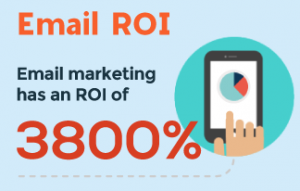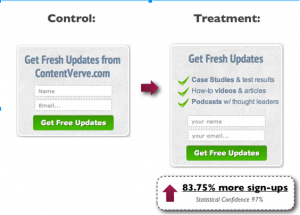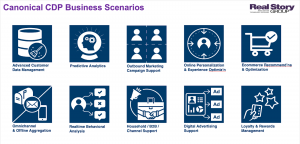As has been known for some time now, traditional, keyword based SEO (Search Engine Optimization) is dead and has given way to Content Marketing. Within Content, Video is the fastest growing segment and it accounts for more than three-quarters of the growth in data over the internet.
This is the reason why brands as well as platforms are investing in video capabilities. What used to be a turf owned mostly by YouTube now has Facebook, Twitter, etc who are all investing in building native video capabilities to contain the user experience.
From brands’ side, much of the investment seems to be on the content creation and promotion. From platforms’ side, investments are being made into capacity, content discovery (e.g. recommendation engines), user experience, and analytics. While, brands intuitively understand how to make use of the investments made by platforms in capacity, content discovery, or user experience, they are often unable to leverage investments made by the platforms in building analytics.
Yet, analytics is the single biggest tool that brands have at their disposal if they want to increase the return on investment in their marketing budget. This is because analytics can tell brands what is working and what is not, who is watching their videos, what percentage of a video is being seen before the audience loses its interest, income/wealth level of those who watch the videos (device used to consume video is usually a good clue), and so on.
In a recent YouTube engagement for a client in Spain, we discovered that while client videos were liked globally, the Likes per Mil (1,000 views) were even higher outside of Spain and Spanish speaking markets (Latin America excluding Brazil). Further analysis showed that Likes per Mil correlated strongly with other indicators of customer engagement, such as comments left, percentage of video viewed, number of shares, etc.
Thus, we could build a case for the client to invest in promoting its content in non-Spanish markets. We could also provide to the client the exact data that he needed to take to his prospective partners in new geographies to explore partnership and collaboration opportunities. None of this would have been possible without running the analytics on client’s YouTube platform.
In another engagement with a client using an IPTV platform, we discovered that the Video on Demand consumption was particularly low for one ethnicity. Going one level deeper, we discovered that the primary issue was the pricing of the content (secondary being the availability and discovery of the content). Therefore, we could recommend to the client that it should look at acquiring cheaper content (e.g. non premium, non HD, etc.) targeted at this particular ethnicity, pricing it at affordable price points.
Often businesses that do engage in Content consumption analytics stop at making the first level statistical observations (e.g. how many likes, source of traffic, geographic origin of traffic, etc. ). This is not enough, particularly if businesses want to transition from making interesting statistical observations to using analytics as a tool to improve the business. They must ask next-level questions such as “why are the likes from a particular customer segment higher than from others?”, “what do the device types used to watch video tell us?”, “how do we explain the difference in consumer engagement with one video from engagement with another?” etc.
We believe that over the next few years all platforms serving videos will start to have the ability to capture multiple data points related to the consumption of each video that is delivered over the platform. Therefore, it is timely that brands, media companies, content aggregators and distributors start paying attention to this exciting field and invest in building skills and capabilities for it.
(119)








